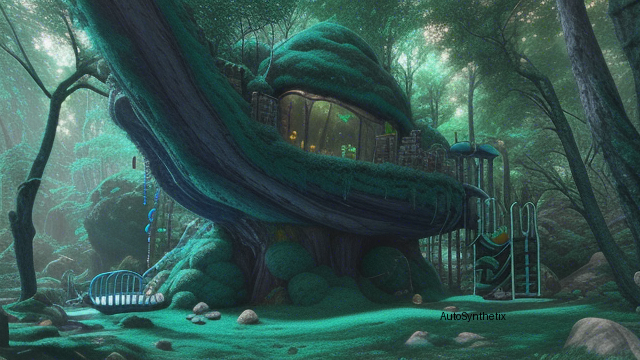Introduction
In the realm of physics, particularly material science, lies a fascinating yet intriguingly complicated world – granular systems. Comprising loosely packed masses of individual elements like rocks, sand grains, or even microspheres, they display captivating dynamics underpinning various natural occurrences and human endeavors alike. One striking feature associated with these granular aggregates, the 'Stress Dip Phenomenon,' remains a subject of intense scientific scrutiny. As new studies emerge, our comprehension deepens, bringing us closer to unraveling the inner workings of these enigmatic structures.
Latest Exploration in Granular System Evolution
A recent groundbreaking investigation led by researchers at multiple Chinese institutions delves deeper into the heart of how granular piles come together. Their focus zeroes in on structuring patterns unfolding throughout the process dubbed "Raining Method." By analyzing three-dimensionally structured granular heaps crafted via the raining technique, the team sheds light upon previously unexplored facets of these systems' architectures.
The Raising Question Marks Over Isostatism Assumptions
Conventional theoretical frameworks presume granule arrangements hover around the 'Isostatic Point.' However, this oversimplification glosses over crucial aspects concerning the impact of inherent system architecture and its genesis journey. Failing to capture the breadth of real-world manifestations, existing models fall short in offering comprehensive explanations. Here emerges a dire need for a paradigm shift towards incorporating these neglected factors while constructing mathematical descriptions.
Structured Layers Revealing Distinct Characteristics
This pioneering effort reveals the existence of two discernible zones within the studied granular mounds. Each zone showcases strikingly different attributes such as density distributions, connectivity counts, and directional biases in contacts. Such disparities can be traced back to contrasting pathways governing the pile's assembly mechanism. Thus, illuminating the profound effect preparation techniques exert on shaping granular heap interiors opens unprecedented avenues for understanding compressive forces acting across disordered media.
Paving Path Towards Accurate Constitutive Relationship Modeling
As scientists continue deciphering nature's cryptograms embedded within granular configurations, progressively sophisticated computational simulations follow suit. Leveraging current experimental breakthroughs will undoubtedly catalyze efforts aimed at developing precise descriptive equations outlining material response tendencies in granular landscapes. Ultimately, these advances promise to optimize engineering designs relying heavily on the tenuous balance between orderliness and chaos encapsulated in these mesmerizing conglomerations.
Conclusion
Growing knowledge gleaned through innovative investigative methods, such as those applied here examining granules assembled employing the 'Raining Method', significantly enhances our grasp on fundamental principles ruling chaotic granular amalgams. With every revelation, we inch ever closer to bridging the gap separating empirical observation from theoretically sound predictions, thus honing predictability capabilities instrumental in harnessing granular matter's full potential in myriad practical scenarios. |]
Source arXiv: http://arxiv.org/abs/2408.17147v1
